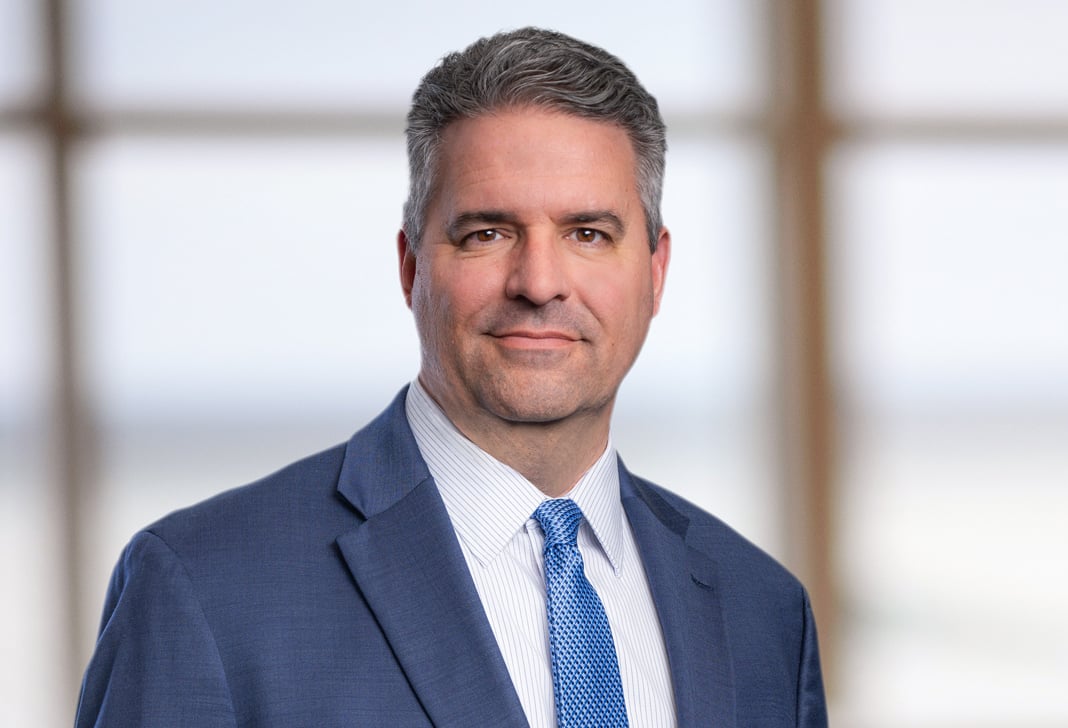
Meet the New Boss, Same as the Old Boss: Federal Circuit Interprets AIA's On-Sale Bar
In Short
The Situation: The Federal Circuit addressed the scope of the on-sale bar provision in the America Invents Act ("AIA") amendments to the Patent Act.
The Result: The Federal Circuit held that a publicly available contract disclosing material terms of a sale will trigger the AIA's on-sale bar even if the features of the claimed invention are not revealed in the contract.
Looking Ahead: Pre-AIA precedent will continue to figure prominently in the Federal Circuit's interpretation of the revised patent statutes.
For more than 60 years, Section 102(b) of the Patent Act precluded patentability when the invention was "in public use or on sale in this country [for] more than one year" before the filing of a patent application. That provision had been interpreted by the Federal Circuit and the U.S. Supreme Court as requiring a "commercial offer for sale" of an invention that is at least "ready for patenting," or an actual "sale of the invention under the law of contracts as generally understood."
In 2011, however, the AIA revised Section 102. The relevant provision of Section 102, as amended, now provides that a patent should not be allowed when "the claimed invention was patented, described in a printed publication, or in public use, on sale, or otherwise available to the public before the effective filing date of the claimed invention." 35 U.S.C. § 102(a)(1). This gave rise to an argument in Helsinn Healthcare S.A. v. Teva Pharmaceuticals USA, Inc and the holding by the district court that, by including the phrase "or otherwise available to the public" after the words "on sale," Congress had meant to alter the scope of pre-AIA case law such that the on-sale bar now requires a public sale or offer for sale, and that a sale that does not publicly disclose the details of the invention would not be an invalidating event.
On May 1, 2017, a three-judge panel of the Federal Circuit reversed that holding and concluded that as long as the existence of the sale is public, such a sale is invalidated under the on-sale bar, whether or not the details of the invention were publicly disclosed. Helsinn marked the first time that the Federal Circuit addressed the scope of the AIA's on-sale bar provision, in particular "whether the AIA changed the meaning of the on-sale bar" as it applies to a non-confidential contract that disclosed material terms but not certain features of the claimed invention. Rejecting the patentee's argument that the AIA swept aside prior on-sale bar precedent, the Federal Circuit "conclude[d] that, after the AIA, if the existence of a sale is public, the details of the invention need not be publicly disclosed in the terms of the sale" to trigger the on-sale bar.
The Federal Circuit rejected the argument of the patentee, supported by the United States and various other amici curiae, that by adding the phrase "otherwise available to the public" to the statutory language, Congress mandated that the on-sale bar no longer applies "to secret sales" and instead "requires that the sale make the invention available to the public." Instead, the court embraced the arguments of the defendants and other amici, that "by reenacting the existing statutory term 'on sale' [in the AIA], Congress did not change the meaning of the on-sale bar or disturb settled law."
Although stating that it "decline[s] the invitation by the parties" to interpret the on-sale bar "more broadly than necessary," the Federal Circuit expressly rejected the proposition that the AIA requires "details of the claimed invention [to] be publicly disclosed before the on-sale bar is triggered." The court reasoned that "[r]equiring such disclosure as a condition of the on-sale bar would work a fundamental change in the theory of the statutory on-sale bar" and run contrary to Supreme Court and Federal Circuit precedent. Canvassing the pre-AIA case law, the court observed that a "primary rationale of the on-sale bar is that publicly offering a product for sale that embodies the claimed invention places it in the public domain, regardless of when or whether actual delivery [of the invention] occurs."
Addressing the patentee's contention that the AIA's statutory language and legislative history overrode prior on-sale bar cases, the Federal Circuit found those arguments insufficient to disturb longstanding precedent. According to the court, if "Congress intended to work such a sweeping change to our on-sale bar jurisprudence and 'wished to repeal these prior cases legislatively, it would do so by clear language.'" In particular, the Federal Circuit noted that various floor statements made during debate on the AIA concerned cases dealing with "secret uses" that invalidated patent claims under the "'public use' prong" of the pre-AIA Section 102(b) rather than "sales cases" addressing the on-sale bar. The court observed that the "floor statements do not identify any sale cases that would be overturned by the amendments" and there are no "statements suggesting that the sale or offer for sale documents must themselves publicly disclose the details of the claimed invention before the critical date."
Helsinn may now ask the full Federal Circuit to review this question of statutory interpretation. In addition, the Supreme Court, which has in recent years shown a more acute interest in reviewing the Federal Circuit's patent-law decisions (particularly those involving statutory interpretation), could take up the case after the Federal Circuit disposes of any en banc petition. For now, though, the new law is the same as the old law.
Three Key Takeaways
-
A public sale or offer for sale of the claimed invention that does not disclose the details of the invention will trigger the AIA's on-sale bar.
- Absent en banc or U.S. Supreme Court review, the Federal Circuit may continue to rely on the principles and rationales from pre-AIA precedent in interpreting Section 102.
- The Federal Circuit's opinion leaves open the question of whether, and to what extent, confidential contracts and secret uses of a claimed invention fall under the AIA's provisions.
Lawyer Contacts
For further information, please contact your principal Firm representative or one of the lawyers listed below. General email messages may be sent using our "Contact Us" form, which can be found at www.jonesday.com/contactus/.
David M. Maiorana
Cleveland
+1.216.586.7499
dmaiorana@jonesday.com
Gregory A. Castanias
Washington
+1.202.879.3639
gcastanias@jonesday.com
Jennifer J. Chheda
New York
+1.212.326.3886
jjchheda@jonesday.com
Sasha Mayergoyz
Chicago
+1.312.269.1572
smayergoyz@jonesday.com
Jones Day publications should not be construed as legal advice on any specific facts or circumstances. The contents are intended for general information purposes only and may not be quoted or referred to in any other publication or proceeding without the prior written consent of the Firm, to be given or withheld at our discretion. To request reprint permission for any of our publications, please use our "Contact Us" form, which can be found on our web site at www.jonesday.com. The mailing of this publication is not intended to create, and receipt of it does not constitute, an attorney-client relationship. The views set forth herein are the personal views of the authors and do not necessarily reflect those of the Firm.





